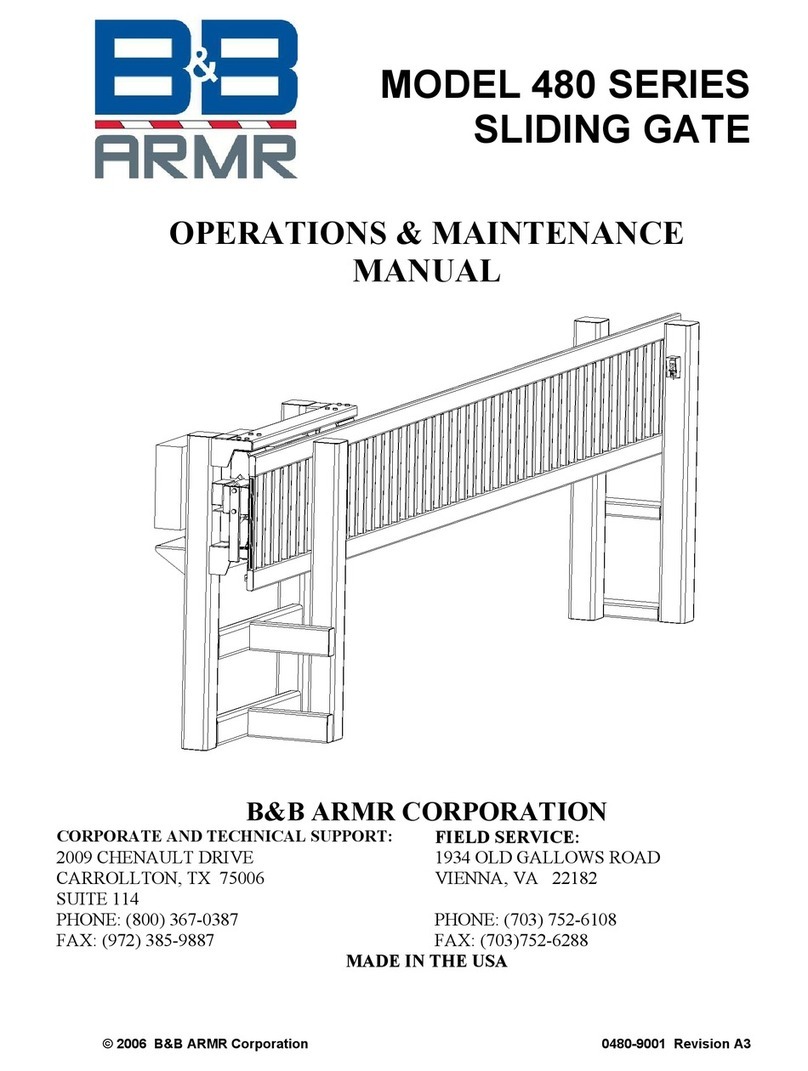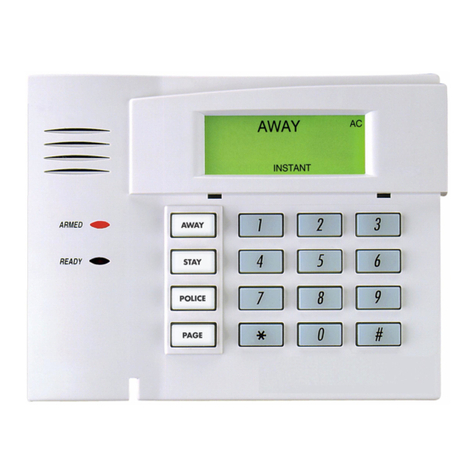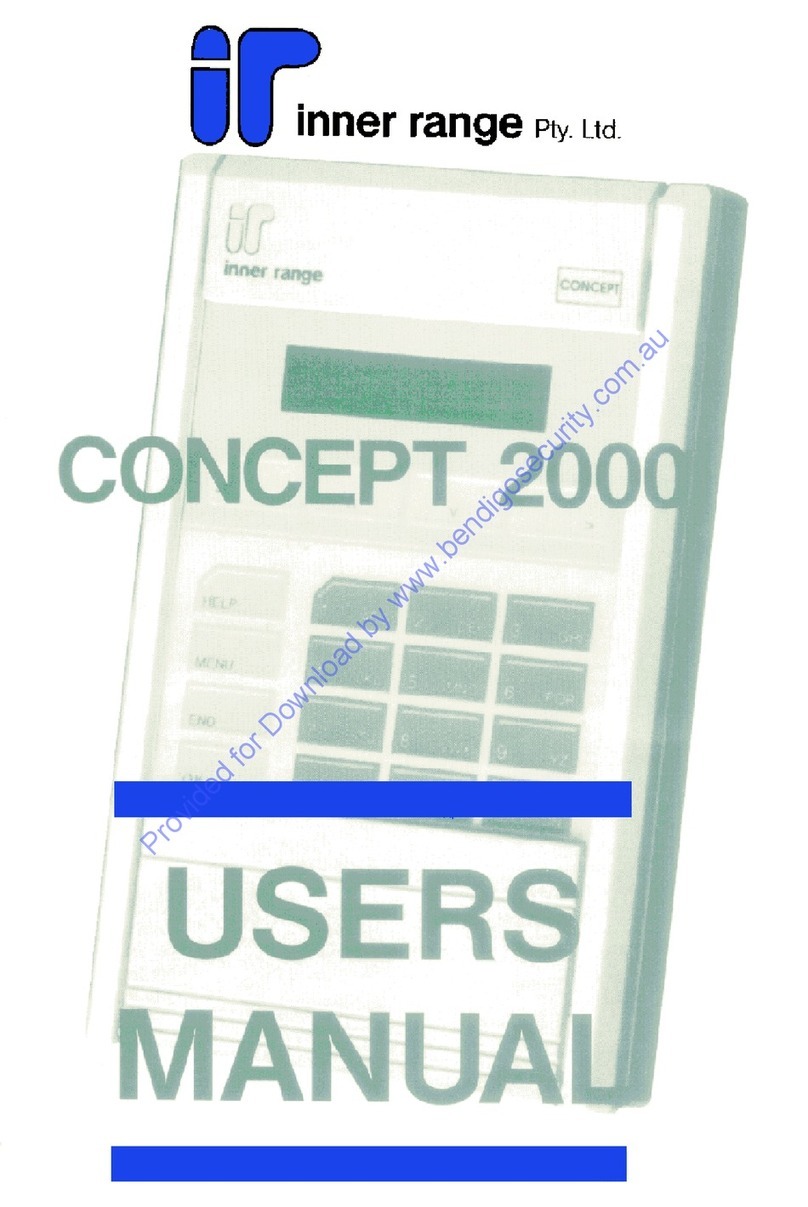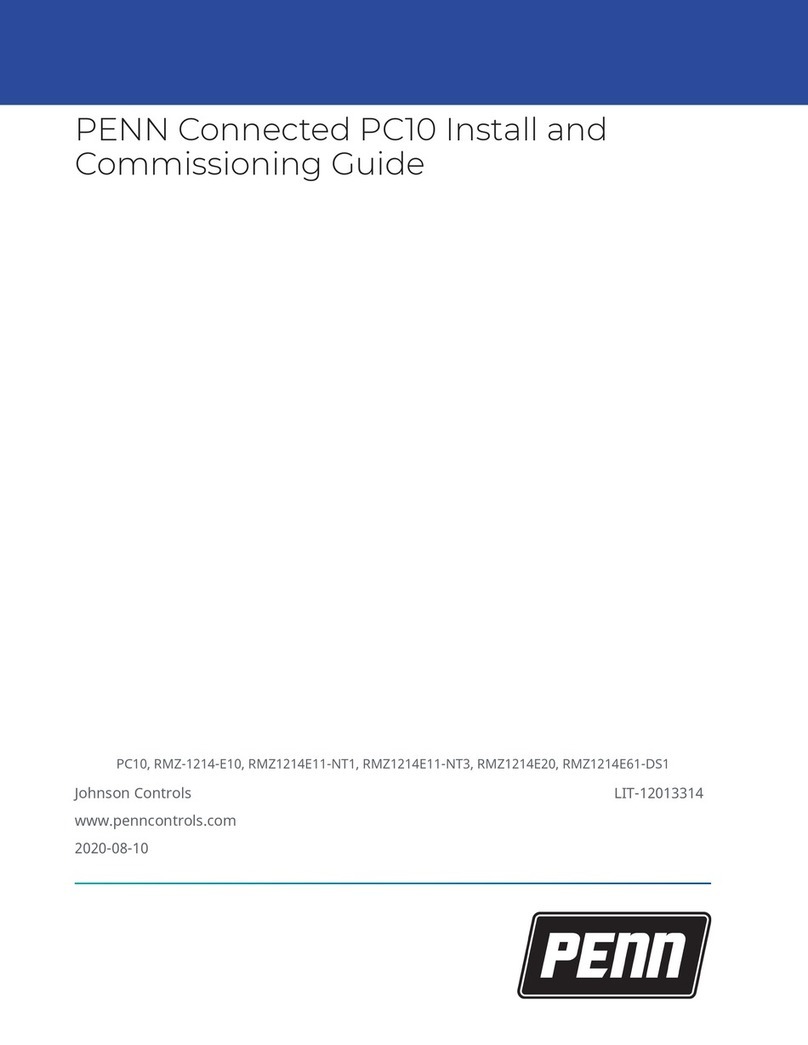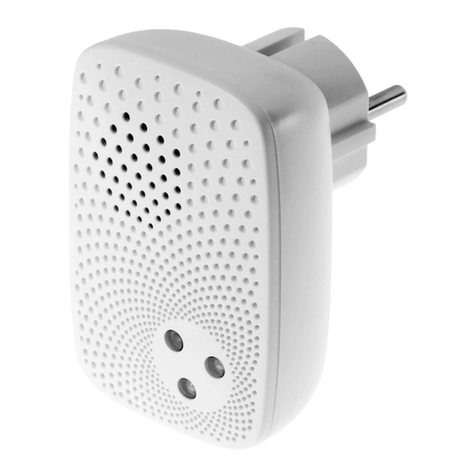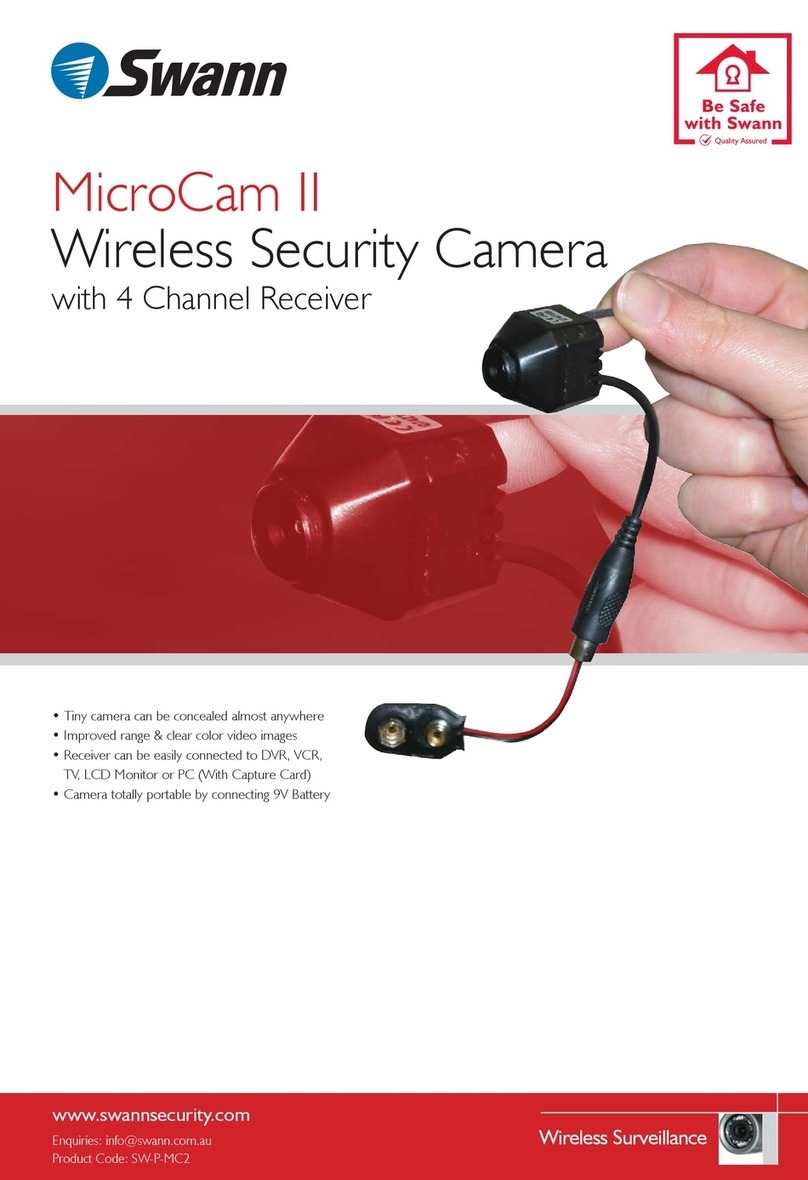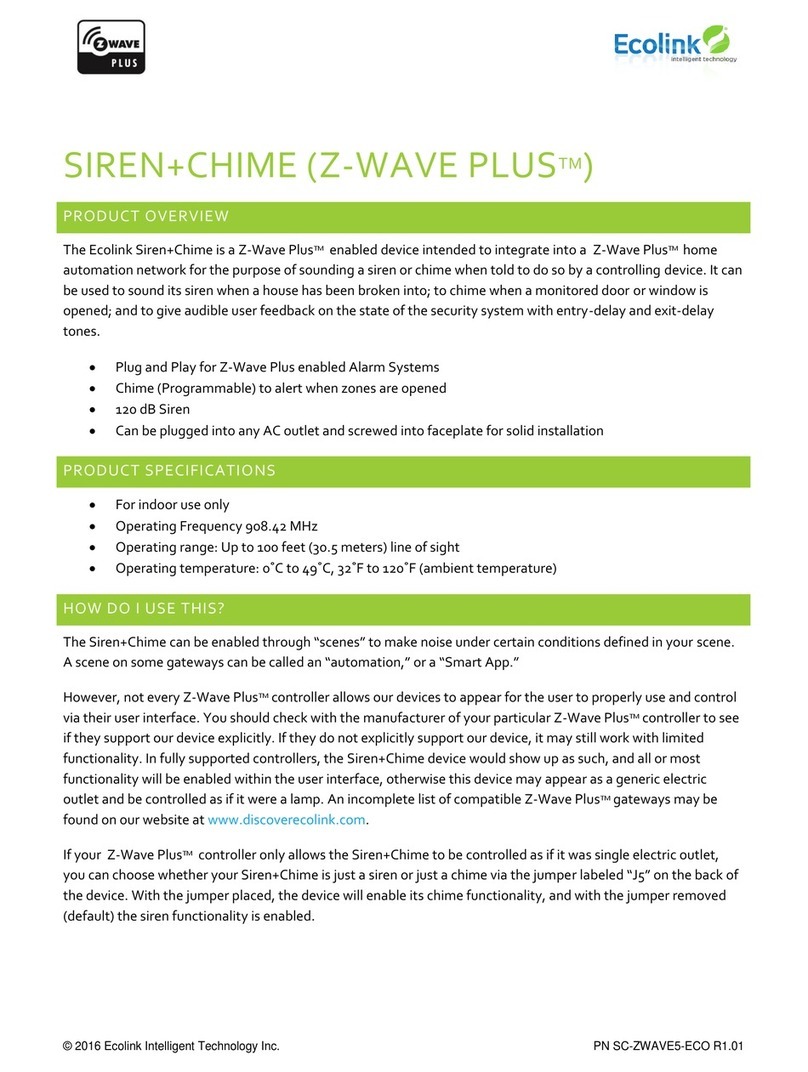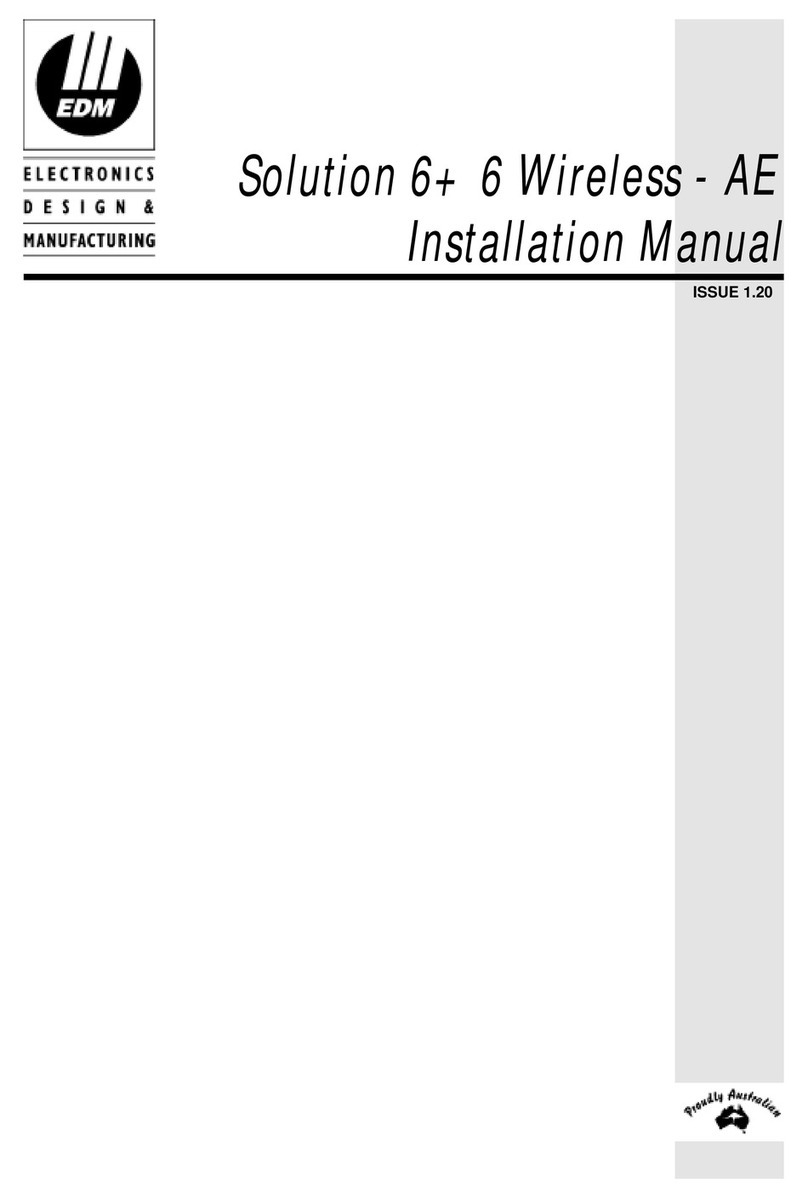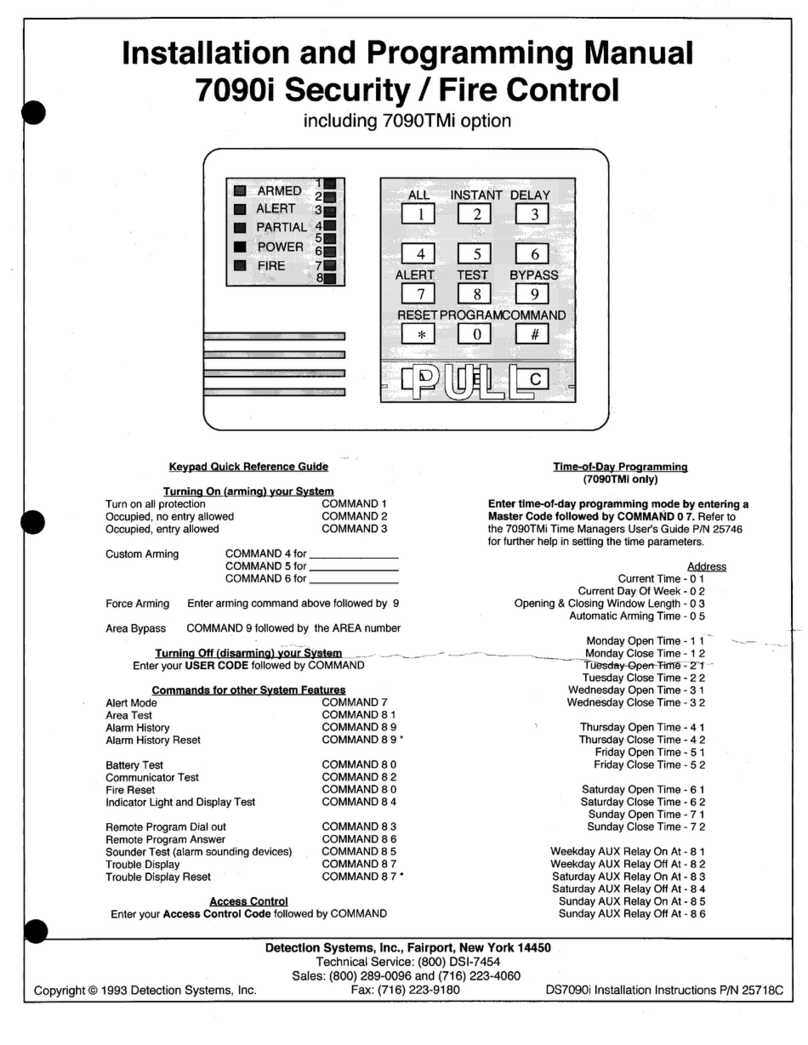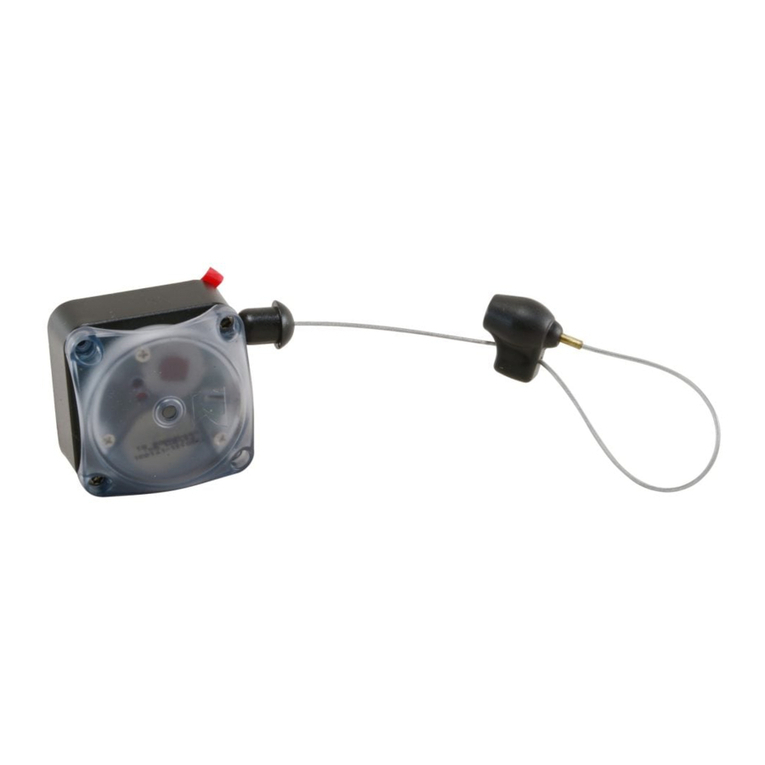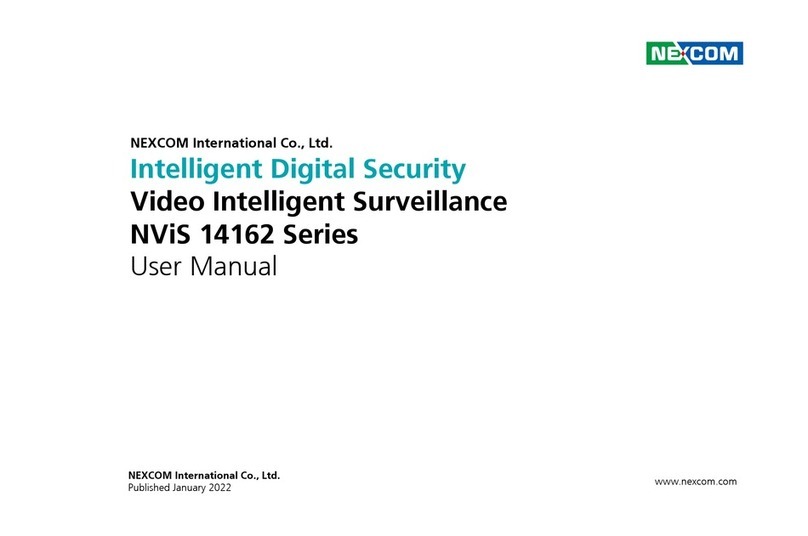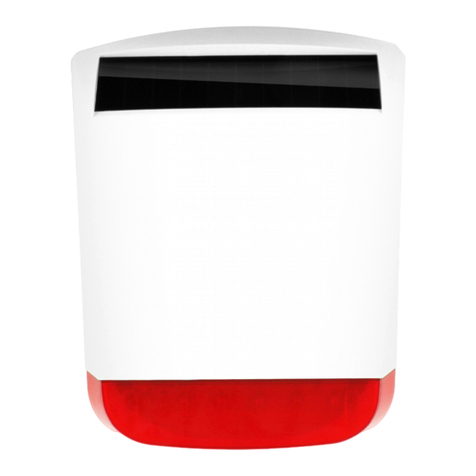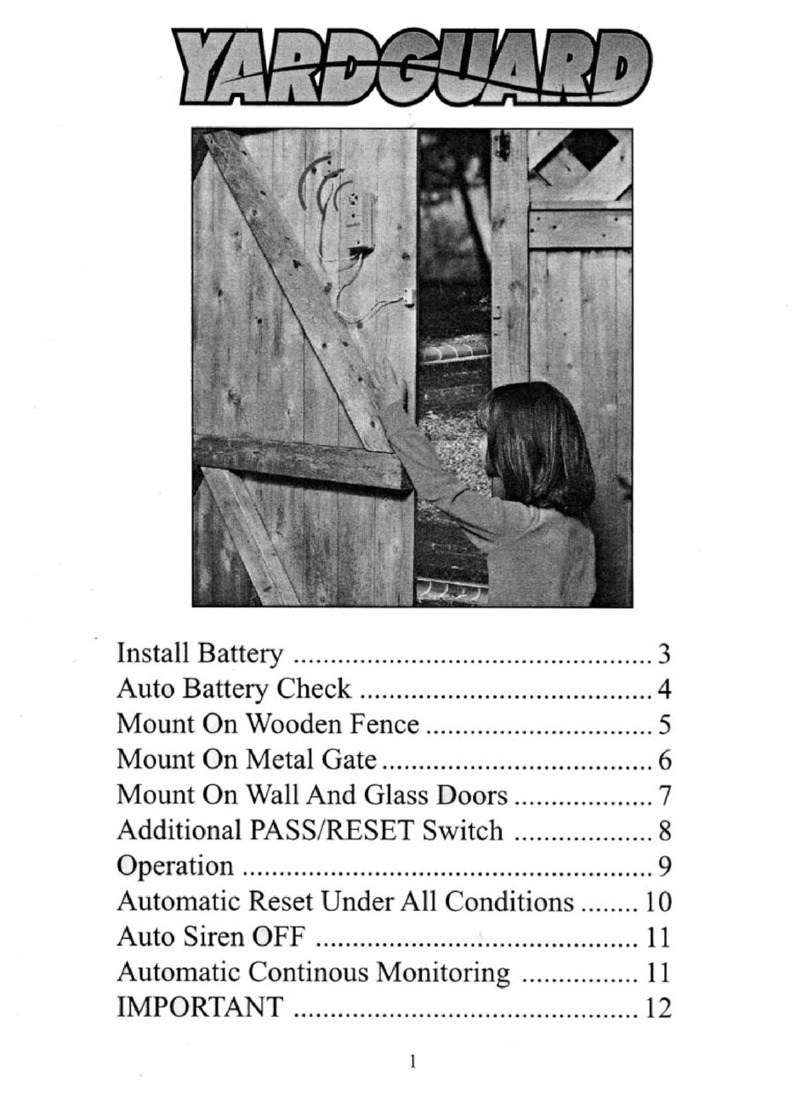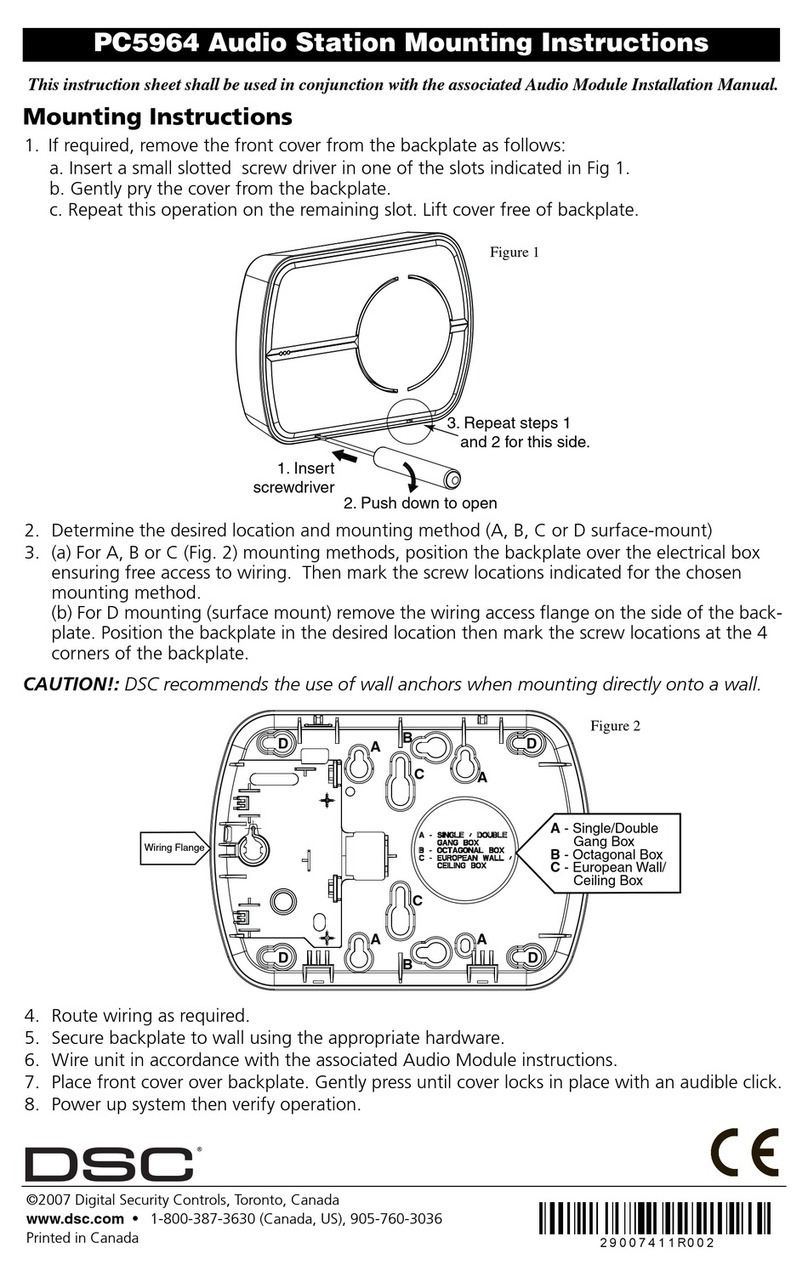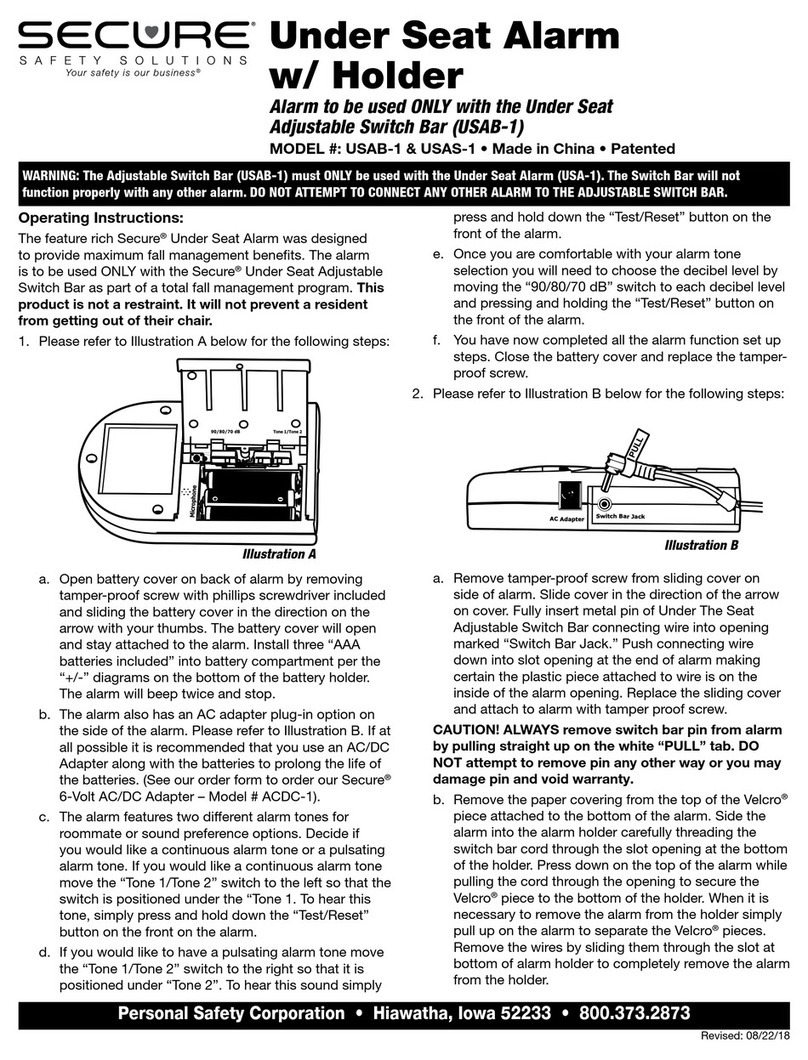10 IK-E315-001E
as batteries are not connected and the detectors do not function.
Note: Since wireless radio detectors constitute a line branch, AUTOMATIC CONFIGURATION is
possible only when the adapter in installed in a loop-shaped detection line. If it is installed in a
radial line, only manual configuration can be carried out.
3. In the control panel menu (at the 3rd access level), it is necessary to choose the ‘SYSTEM
CONFIGURATION -> LINE SETUP -> MANUAL CONFIGURATION’ menu and to settle the ACR-4001
adapter’s ‘2’ operation mode (alternatively ‘4’, ‘6’, ‘8’ or ’10’ – service modes). A collective
‘TESTING’ indicator is lit in the control panel and, after pressing the button located near the
indicator, an ‘ACR-4001 IN SERVICE MODE’ communique is displayed.
4. One of the declared detectors should be furnished with batteries. As soon as the detector enters
the adapter operation range, the indicating diode emits red modulated flashes. In case the
detector is unable to establish communication with the adapter, the diode emits modulated
yellow flashes. The number of red flashes indicates the signal level (from 1 to 3).
5. It is necessary to test, whether proper radio communication with the adapter is established in the
place where the detector is to be installed –regular 3 diode red flashes and no yellow flashes.
Additionally, it is possible to check in the control panel ‘SYSTEM ELEMENTS TESTING -> TESTS
SETUP -> COMMUNICATION WITH RADIO DETECTOR TEST’ menu, the number of successful
attempts out of latest 31 ones. Optimally the ‘COMMUNICATION QUALITY’ parameter value
should amount to 31; it cannot be lower than 20. Three minutes should be provided for reaching
the proper value and its stabilization. Additionally, the ‘TRANSMISSION HISTORY’ enables latest
transmissions history analysis. In order to provide 30-dB radio band damping, the graph columns
should be of maximum height.
Note: The ‘TRANSMISSION TIME’ parameter should not exceed 10 sec.; if the parameter
amounts to more than 60 sec. for the whole 3-minute test period, it is necessary to ascertain
that the adapter operates in the ‘2’ (or ‘4’, ‘6’, ‘8’,’10’) mode.
6. Subsequently, the detector should be placed in a consecutive base and its transmission
correctness should be checked as in p. 5.
7. When all the places where detectors are to be installed are checked, the detectors should be
furnished with batteries and mounted in the bases which were determined beforehand. It is
important to prove at the control panel that every communication fault with the installed
detectors has been eliminated.
8. After confirmation that the whole circuit operates properly, the control panel should be set up in
the ‘SYSTEM CONFIGURATION -> LINE SETUP -> MANUAL CONFIGURATION’ menu at the ‘1’ mode
(or ‘3’, ‘5’, ‘7’, ‘9’ – normal operation mode) of the ACR-4001 adapter. The collective ‘TESTING’
indicator should go out; if it does not happen, it is necessary to check whether, after pressing the
button located near the diode, the communique ‘ACR-4001 IN SERVICE MODE’ is still displayed, or
another test is being executed.
Note: In case a detector is located in a place where radio communication is hindered (i.e. the
detector does not receive a confirmation of every information sent –it receives for instance one
confirmation per 20 transmission attempts), it can result in faster batteries discharge and the
detector shortened operational period. Low transmission quality is indicated at the control
panel by the ‘LOW RADIO LINK QUALITY' technical alarm.
STORAGE AND TRANSPORTATION
8.1 Storage
The DUR-4047 detectors should be kept in closed premises free of caustic gases and vapours at the
temperature between +0 °C and +40 °C, and relative humidity not exceeding 80 % at +35 °C.
